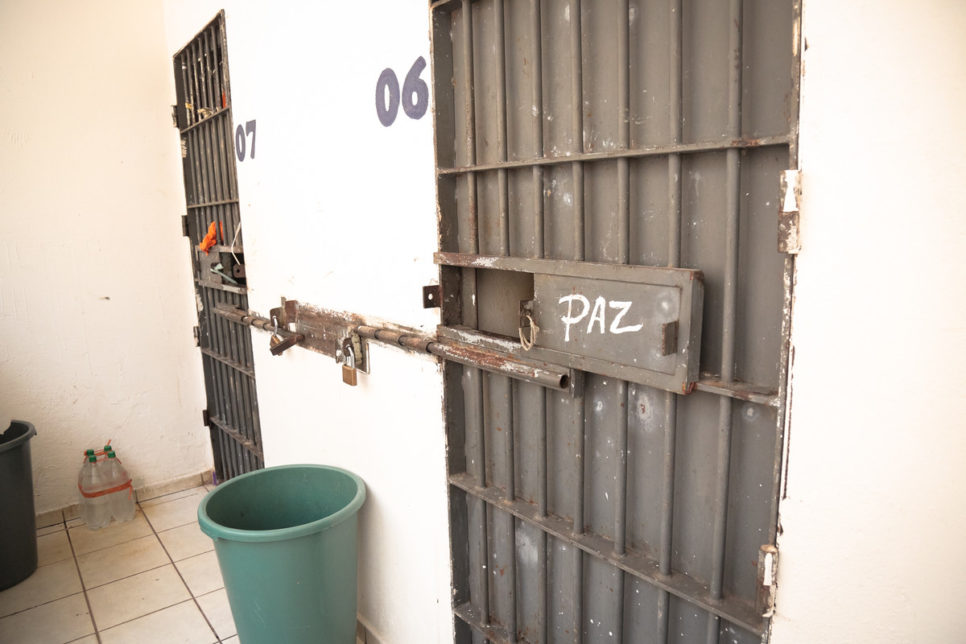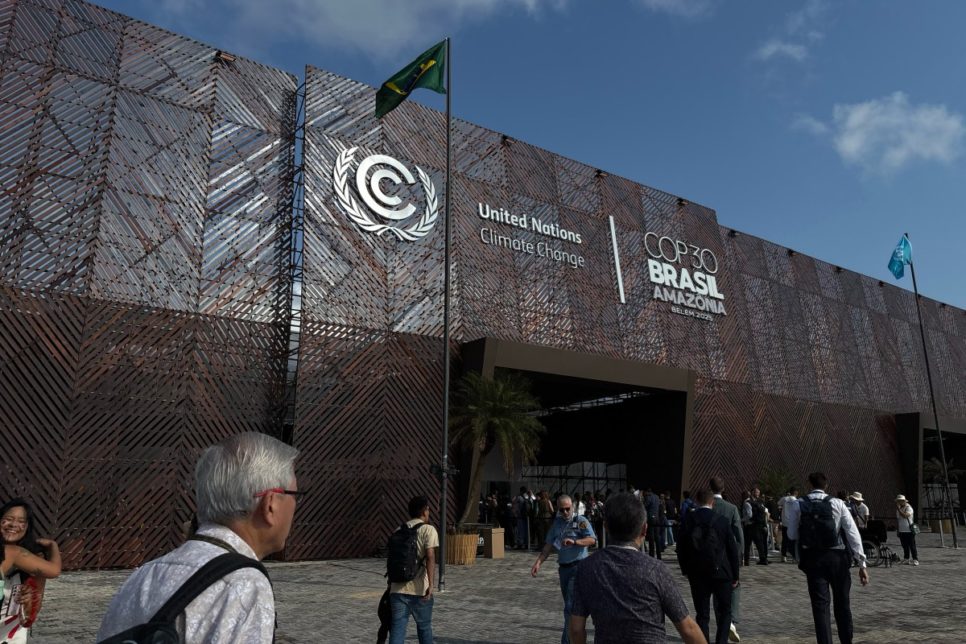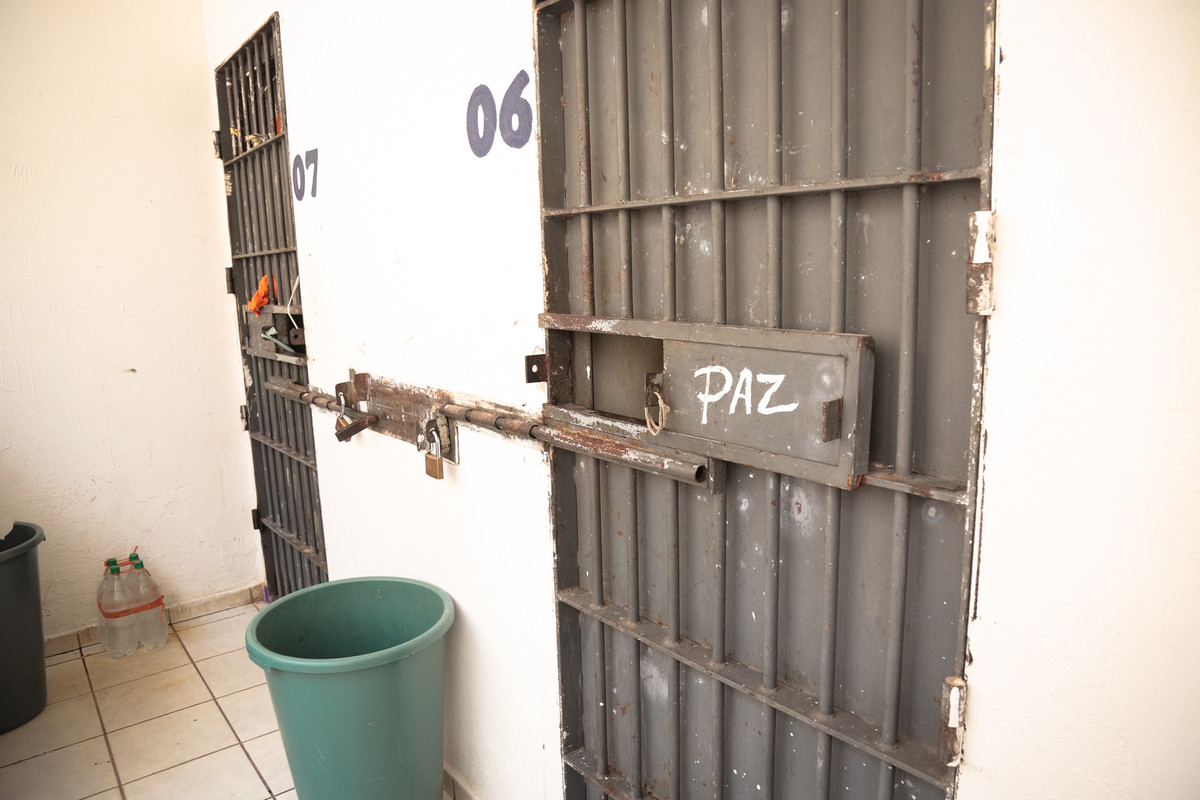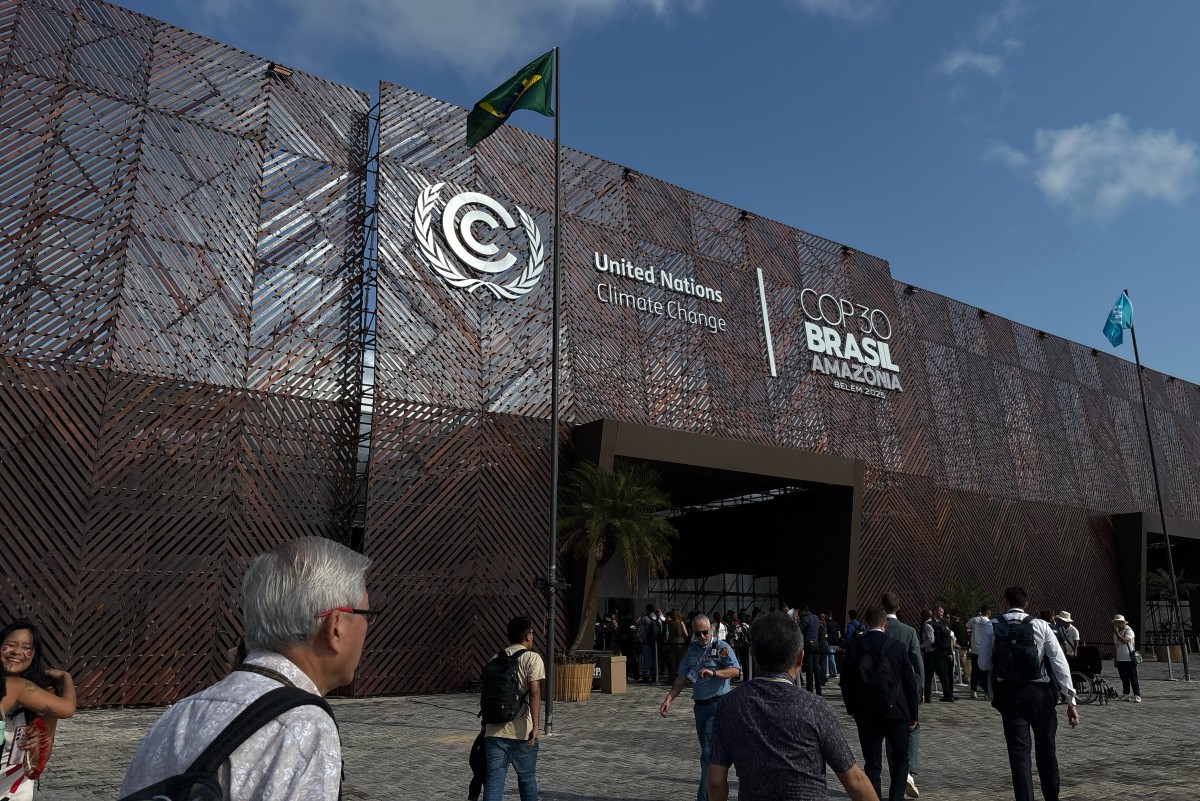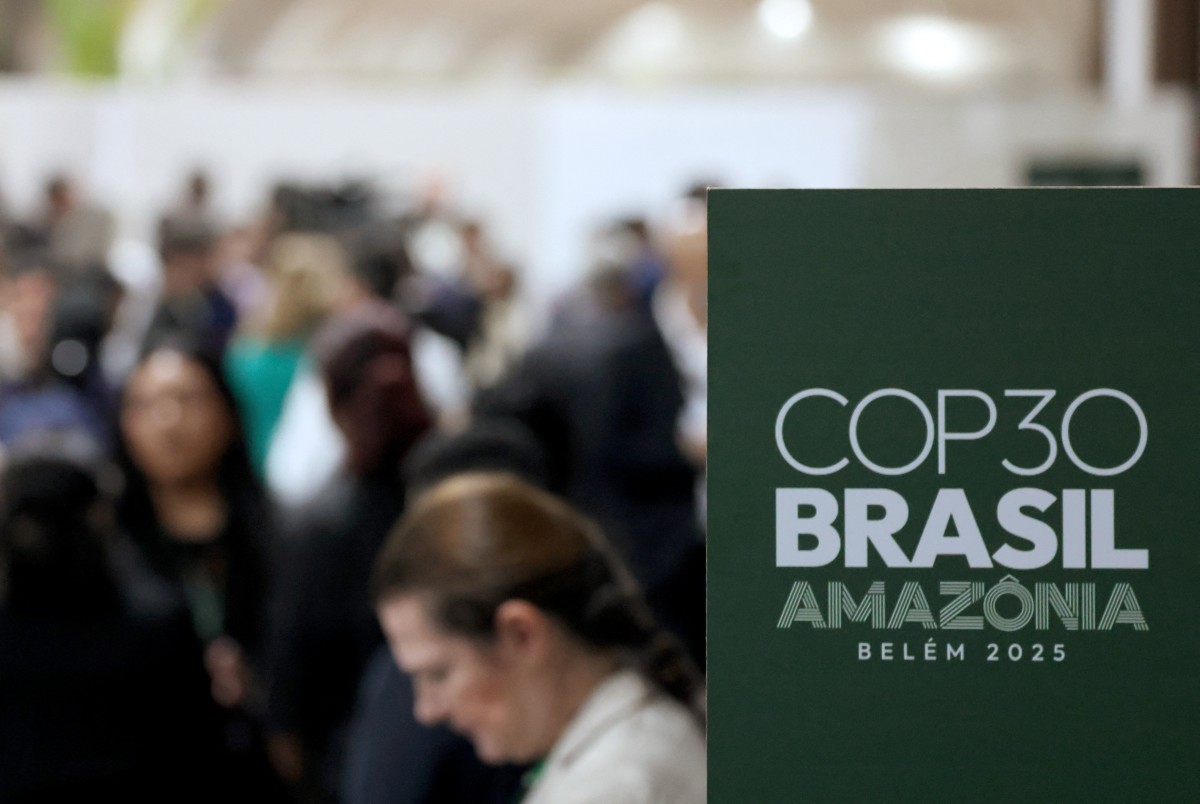Organizations call for full investigation into death of indigenous leader in Pará
Two weeks after the death of the leader Tymbektodem Arara, indigenous and human rights groups reinforce their request for the Federal Police in Pará to conduct a swift and full investigation into the case
 Liderança indígena Tymbektodem Arara durante participação no Conselho de Direitos Humanos da ONU, em Genebra (Foto: Reprodução)
Liderança indígena Tymbektodem Arara durante participação no Conselho de Direitos Humanos da ONU, em Genebra (Foto: Reprodução)
Two weeks after the death of the indigenous leader Tymbektodem Arara, the Indigenous Association of the Arara People of Cachoeira Seca – KOWIT, together with the Maíra Institute and Conectas Human Rights, reinforced their request, on Thursday, November 2, for the Federal Police in the state of Pará to conduct a swift and full investigation into the case.
Tymbektodem Arara allegedly drowned in the river Iriri, inside the Arara da Cachoeira Seca Indigenous Land, 250 km from the city of Altamira. There are, however, contradictory versions of how events unfolded. A proper investigation is therefore necessary to clarify the case.
The organizations claim that there have been several procedural shortcomings since the beginning of the case. These include the absence of federal police officers when the death was first reported, the taking of testimonies from indigenous people without indication from leaders and the lack of complete and ongoing monitoring by representatives of the National Indian Foundation (Funai) after the death.
Read more
Tymbektodem, an indigenous leader and scholar of the Arara language, had traveled to Geneva, Switzerland, on September 28, to denounce the intrusions and illegal deforestation in his indigenous territory at the UN Human Rights Council.
“Today we are fighting for the removal of more than two thousand intruders resulting from the installation of the Belo Monte hydropower plant. These impacts have caused our territory to be one of the most deforested in Brazil,” he said at the time.
When he returned from his trip abroad, Tymbektodem was escorted by the National Security Force from the moment he disembarked in Pará until his arrival in his village.
The Arara people have been contending with intense conflicts with ruralists, farmers and land-grabbers for years. Approved as an Indigenous Land in April 2016, the government has still not relocated the non-indigenous families living inside the territory, which has resulted in threats and clashes, while also directly impacting the preservation of indigenous culture and customs. The Indigenous Land covers an area of 734,000 hectares.
The organizations are also requesting that the competent authorities offer protection to other indigenous leaders in the territory and continue to remove intruders in order to guarantee the full protection of the native people residing there. They are also asking for a permanent presence by Funai agents and other public security officers in the area.
